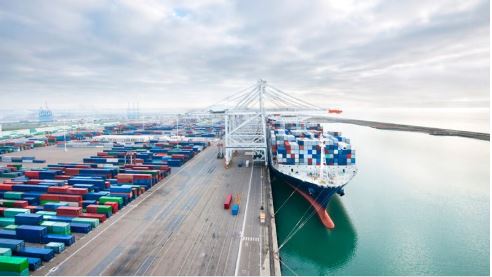Global Milk Glut Threatens Dairy Market Stability
Rising output from the EU, US and New Zealand are putting downward pressure on commodity prices and creating market uncertainty, according to an August 2025 report.
Global dairy commodity prices are under increasing pressure as milk output rises across key producing regions, according to an August 2025 report by Maxum Foods. This dynamic is weakening market fundamentals and product values, creating a challenging environment for producers and processors. While the dairy agribusiness sector saw some price strength earlier in the year, the current trend indicates a shift toward a more bearish market sentiment driven by expanding supply.
The report highlights specific regional trends contributing to the global surplus. In the European Union, earlier supply constraints are now easing, even as a hot, dry summer threatens future feed availability. Meanwhile, the United States is seeing strong milk and cheese production that is outpacing weak domestic demand and an inadequate export growth rate. This combination is leading to a buildup of inventories and eroding values.
New Zealand, a pivotal player in the international dairy trade, is also experiencing favorable production conditions ahead of its new season. Its milk output is projected to grow slightly above last year’s already strong results. This increased supply, alongside the output from the EU and the US, is a primary factor in the global market’s shift. The report notes that while global trade continues to expand, there’s growing pushback against high prices, as evidenced by New Zealand’s export trends.
The situation in Australia provides a stark contrast, where the milk sector faces its own unique challenges. Despite improved rainfall prospects in some eastern areas, southern regions are dealing with ongoing feed shortages. This has pushed hay prices to nearly double what they were in May. As a result, culling activity has reached its highest level in over three years, and the forecast for Australian milk solids production is a 2% decline for the 2025/26 season, a critical detail for dairy economics analysts.
The complex interplay of these regional developments, combined with lingering geopolitical agendas and shifts in US fiscal policy, continues to impact commodity markets. The report concludes that while there are still unknowns, the overall trend points to a market where expanding supply is likely to outstrip demand, posing a significant challenge for the entire international dairy community in the second half of the year.


